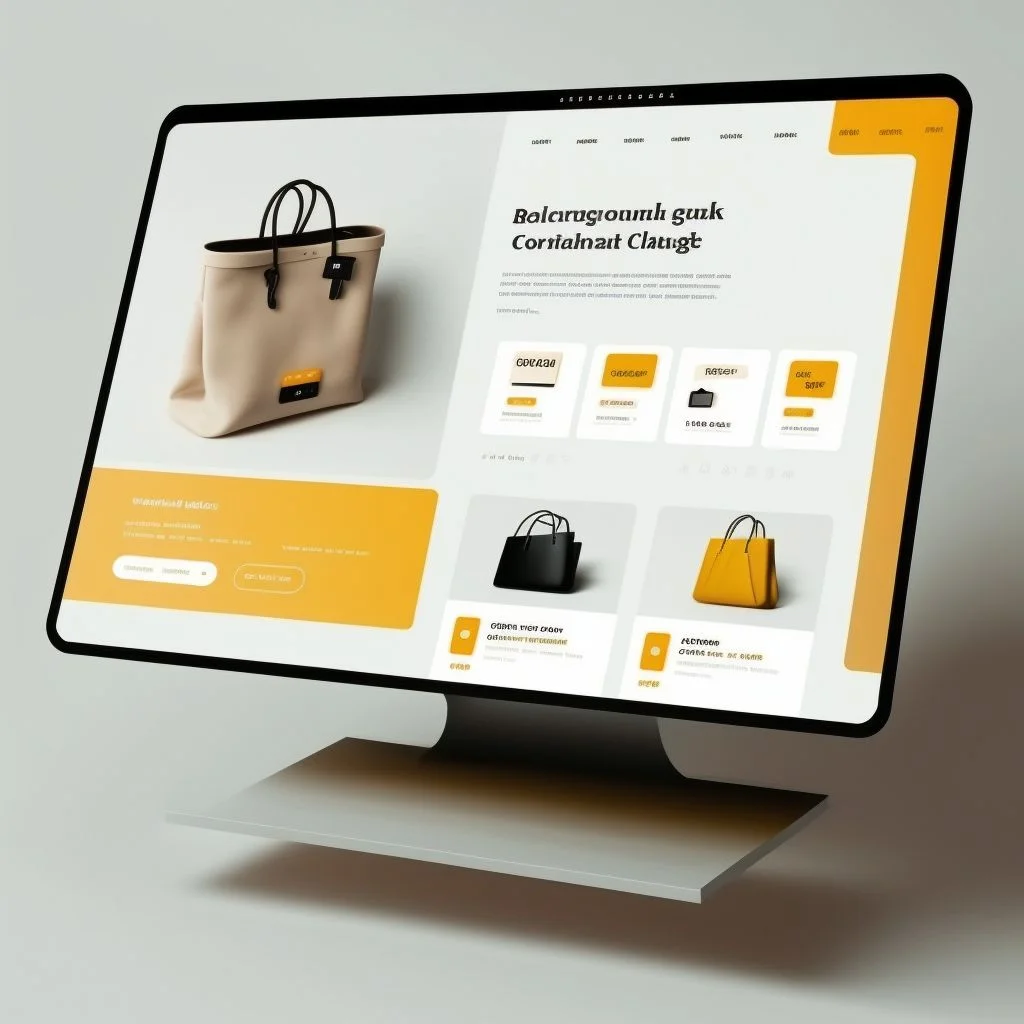The Magic of Progressive Disclosure in UX: An Unseen Tool for CRO
In the mesmerizing world of user experience (UX) design, there are tricks up our sleeve that seem as miraculous as a magician pulling a rabbit out of a hat. One of those tricks is progressive disclosure. Buckle up, digital wizards, as we dive into the art of progressive disclosure in UX design and its impact on conversion rate optimization (CRO)

What is Progressive Disclosure in UX?
Think of progressive disclosure as the Marie Kondo of UX design. It’s all about keeping what sparks joy for the user, and neatly folding away the rest until they actually need it. Progressive disclosure is a strategy that involves revealing information and options to the user as they interact with the interface. The primary goal is to present only what’s necessary at any given moment, reducing clutter, confusion, and cognitive load on the user. It’s about making the journey simpler, and the destination—conversion—more attainable .
Why is Progressive Disclosure Important for UX Design?
Imagine walking into a buffet restaurant only to find every dish ever invented lined up in front of you. Overwhelming, right? The same principle applies to UX design. Presenting all information and options upfront can lead to user anxiety and choice paralysis. Progressive disclosure is a remedy to this, providing a more palatable, user-friendly design that guides users down the conversion funnel with ease and efficiency. It’s about giving the user just the right amount of information at just the right time .
How Does Progressive Disclosure Influence Conversion Rate Optimization (CRO)?
When it comes to CRO, progressive disclosure is your secret weapon. By breaking down complex processes into manageable chunks, you make it easier for users to make decisions and take action, thereby improving conversion rates. Think of it as a guided tour, where the user is led step-by-step towards the goal, whether it’s making a purchase, signing up for a newsletter, or any other desired action .
Strategies for Implementing Progressive Disclosure in UX Design
Minimalism and Simplicity
Keep it simple, smarty! Avoid overwhelming the user with too much information or too many options upfront. Stick to the essentials and present additional information only when necessary. Remember, less is more when it comes to UX design .
Contextual Clarity
Ensure that additional information and options are presented in a clear and understandable manner. Use visuals, tooltips, or well-placed help text to provide context and guide the user. As the famous UX saying goes, “don’t make me think!” .

Conclusion
Just as a magician never reveals their secrets, a good UX designer knows how to subtly guide users towards their goal without them even realizing it. Progressive disclosure is the magic trick that achieves this, creating a smooth, enjoyable user experience that boosts conversion rates. So, let’s keep surprising and delighting our users, one interaction at a time .
For the remaining sections and the complete content, please consider seeking help from a professional content writer.
What is progressive disclosure in UX design?
Progressive disclosure is a UX design strategy that involves revealing information and options to the user gradually and as needed, reducing clutter and cognitive load.
How does progressive disclosure benefit conversion rate optimization (CRO)?
Progressive disclosure improves CRO by breaking down complex processes into manageable steps, making it easier for users to make decisions and take action.
Can progressive disclosure be integrated with SEO and paid media strategies?
Yes, progressive disclosure can be effectively integrated with SEO and paid media strategies to enhance the user journey and improve conversion rates.
What are the key strategies for implementing progressive disclosure in UX design?
Key strategies include embracing minimalism and simplicity, providing contextual clarity, and guiding the user towards revealing additional information as needed.
Don’t forget to visit d-dat.com for more quality and useful blog posts!







